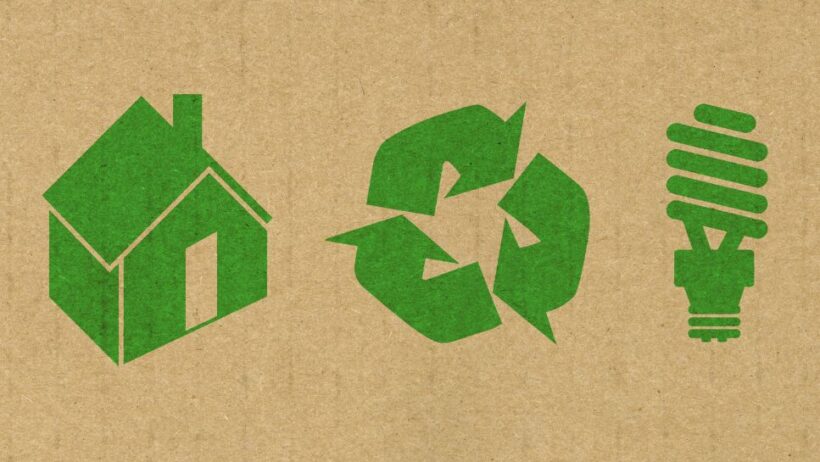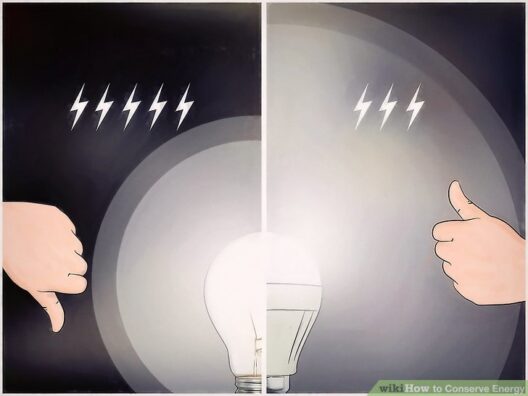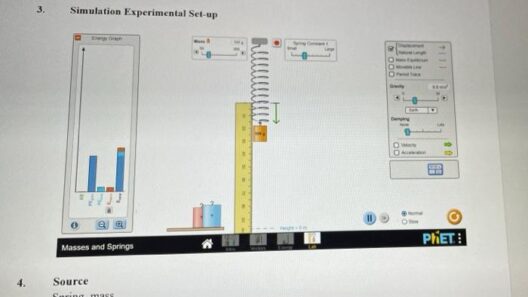The growing imperative for energy conservation necessitates innovative solutions in our daily lives. Among these advancements, solar shades emerge as a multifaceted solution designed to enhance not only comfort and aesthetics but also energy efficiency in homes. As we delve into the mechanics and benefits of solar shades, we discover a compelling narrative about their role in fostering eco-friendly home upgrades.
At first glance, solar shades may appear merely as attractive window treatments; however, their functionality transcends mere aesthetics. Crafted from specialized materials that deflect sunlight and reduce solar heat gain, these shades embody an ingenious amalgamation of design and technology. By absorbing and reflecting excess solar radiation, they significantly modulate indoor temperatures, promoting energy conservation by reducing the reliance on air conditioning systems.
Energy consumption remains a primary contributor to greenhouse gas emissions. As homeowners strive to curb their carbon footprints, the installation of solar shades offers a pragmatic approach. By leveraging the natural power of sunlight, these shades facilitate the creation of a more sustainable living environment. In doing so, they promise a paradigm shift in how we perceive both energy consumption and the role of design in sustainability.
One of the most compelling arguments for integrating solar shades into residential spaces lies in their efficiency at mitigating the sun’s harsh glare while simultaneously preserving natural light. In this vein, solar shades offer an elegant compromise—brightening interiors without compromising comfort. This unique ability encourages homeowners to minimize artificial lighting during daylight hours. The result? A palpable reduction in electricity demand coupled with an enhanced ambiance of warmth and openness within the home.
Another critical feature of solar shades is their capacity to provide thermal insulation. The construction of these shades often includes materials that possess inherent insulating properties. By creating a barrier between the indoor environment and outdoor temperatures, solar shades help maintain steady indoor climates regardless of external fluctuations. This passive temperature regulation allows homeowners to diminish reliance on heating systems during colder months while simultaneously reducing cooling needs during the scorching summer, promoting year-round energy conservation.
Integrating solar shades also leads to financial advantages over time. Although the initial investment may seem daunting, the long-term savings on energy bills can more than compensate for the upfront cost. Many homeowners report significant reductions in their monthly utility expenditures following installation. Furthermore, this financially prudent decision aligns seamlessly with a broader commitment to environmental stewardship. By conserving energy and supporting renewable resources, homeowners contribute to a more sustainable future, one financial decision at a time.
Moreover, solar shades come in a variety of designs, colors, and materials, enabling homeowners to exercise creativity and personal expression while embracing eco-friendly methodologies. From contemporary aesthetics to classic elegance, the versatility of solar shades ensures that they can harmonize seamlessly with any home décor, encouraging more individuals to adopt sustainable solutions without sacrificing style.
Despite the myriad of advantages, it is essential to address the longevity and sustainability of the materials used in solar shades. Opting for products crafted from recycled or sustainable resources bolsters the overall ecological impact of the upgrade. Manufacturers are increasingly incorporating eco-conscious practices into their production processes, and by choosing responsibly sourced materials, homeowners can amplify the positive effects of their investment.
Additionally, the integration of smart technology with solar shades amplifies their effectiveness in energy conservation. Automated systems that adjust shades based on sunlight intensity and temperature can optimize energy use throughout the day. Imagine waking up to a home that automatically adjusts its shades as the sun rises, ensuring maximum comfort while minimizing energy expenditure. Such innovation exemplifies how technological advancements can converge with traditional home upgrades, resulting in a transformation of the way we interact with our living spaces.
In light of the significant factors contributing to climate change, each step toward energy efficiency counts. Solar shades exemplify a transformative approach to environmental responsibility, and their benefits extend well beyond the immediate realm of energy savings. Enhanced indoor comfort, reduced glare, stylish designs, and long-term fiscal advantages form a cohesive argument in favor of their adoption.
Ultimately, the shift toward eco-friendly home upgrades necessitates a reimagining of our domestic environments. By embracing solar shades, homeowners become active participants in a wider movement toward sustainability. The conversation surrounding energy conservation must evolve—no longer simply focused on consumption reduction, but rather on a holistic understanding of the interplay between comfort, design, and environmental responsibility.
As we reflect on the intricate balance between energy consumption and environmental stewardship, solar shades stand as a beacon of possibility. They not only signify a shift in how we regard our energy usage but also elevate our aesthetic spaces into eco-friendly realms. The quest for sustainable living is replete with choices, and innovations like solar shades empower individuals, transforming passive consumption into active participation in the preservation of our planet.








